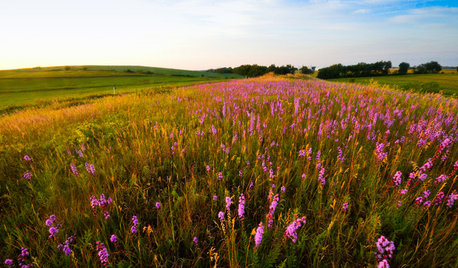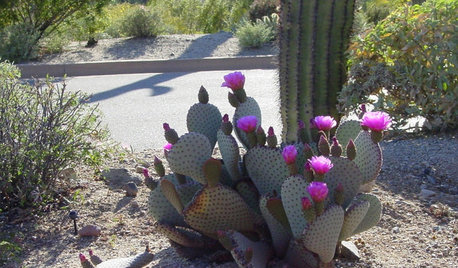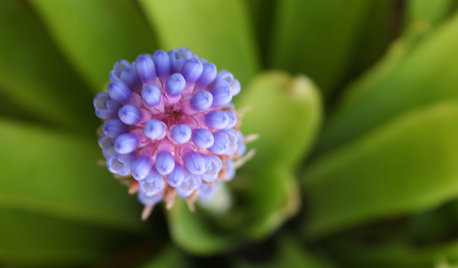Hybridising.....the journey...
devo_2006
17 years ago
Featured Answer
Comments (23)
bambi_too
17 years agohotdiggetydam
17 years agoRelated Professionals
Rancho Palos Verdes Landscape Architects & Landscape Designers · Middletown Landscape Contractors · Springfield Landscape Contractors · Overland Park Landscape Contractors · Painesville Landscape Contractors · Spring Landscape Contractors · Woodland Landscape Contractors · Chandler Fence Contractors · Marana Fence Contractors · Northlake Fence Contractors · Paramount Fence Contractors · Milwaukie Fence Contractors · Derry Siding & Exteriors · San Bernardino Siding & Exteriors · San Diego Siding & Exteriorsbambi_too
17 years agoLisaCLV
17 years agoneonut
17 years agodevo_2006
17 years agohotdiggetydam
17 years agomike4284m
17 years agoLisaCLV
17 years agomike4284m
17 years agoLisaCLV
17 years agomike4284m
17 years agohotdiggetydam
17 years agorickta66
15 years agosplinter1804
15 years agoneomea
15 years agodevo_2006
15 years agorickta66
15 years agoLisaCLV
15 years agosplinter1804
15 years agodevo_2006
15 years agohotdiggetydam
15 years ago
Related Stories

LANDSCAPE DESIGN17 Wandering Paths That Take Joy in the Journey
Explore secondary paths that are full of nuance and add intrigue to the landscape
Full Story
MORE ROOMSHallways With a Beckoning Beauty All Their Own
Make a home's transitional spaces special with rhythm, function and light
Full Story
PLANTING IDEASGreat Garden Combo: 9 Plants for an Intriguing Entrance
Layer trees, flowers and shrubs around an archway to create the feeling of a year-round doorway to adventure
Full Story
GARDENING GUIDESHelp Fuel the Monarch Migration With These 6 Prairie Plants
Try these nectar-rich beauties and help autumn monarchs
Full Story
GARDENING GUIDES8 Cactuses Bring Spring Flowers to Dry Gardens
These prickly desert plants transform in spring with the arrival of their colorful blossoms
Full Story
GREEN BUILDINGLiving Roofs Put Down Roots
No longer solely the domain of hippies — or hobbits — a green roof can be a hardworking partner in making your house sustainable
Full Story
GARDENING FOR BUTTERFLIES3 Ways Native Plants Make Gardening So Much Better
You probably know about the lower maintenance. But native plants' other benefits go far beyond a little less watering and weeding
Full Story
GARDENING GUIDESHow I Learned to Be an Imperfect Gardener
Letting go can lead to a deeper level of gardening and a richer relationship with the landscape. Here's how one nature lover did it
Full Story
ARCHITECTUREHouzz Tour: Towering Above London in a 7-Story Home
Maximizing see-forever views, the U.K. couple who converted this water tower are aiming high
Full Story
GARDENING GUIDESBromeliads: The Ultimate Collector’s Plants
Once you discover bromeliads’ exotic beauty, wide-ranging colors and intriguing patterns, you’ll never go back
Full Story





bob740